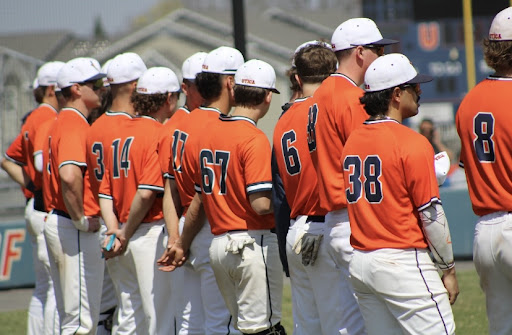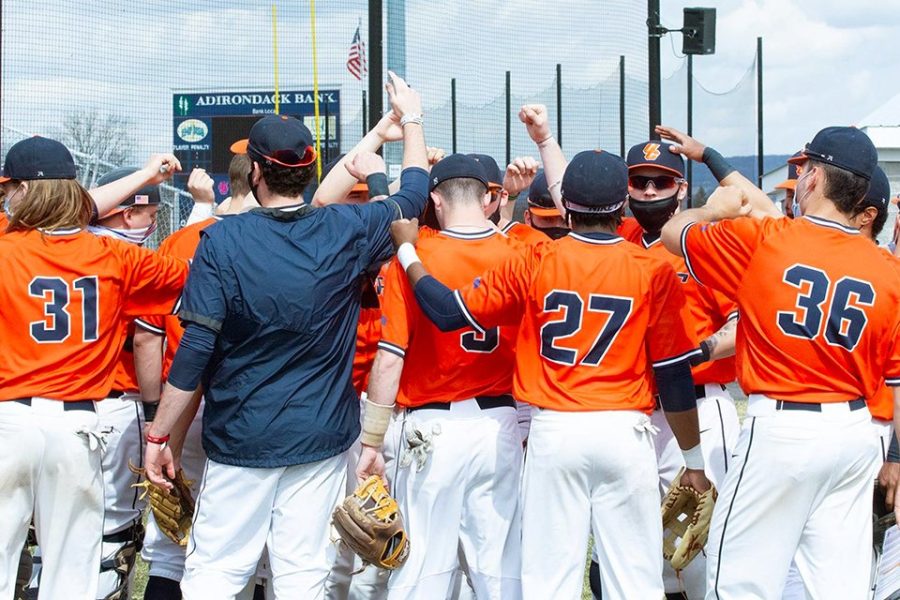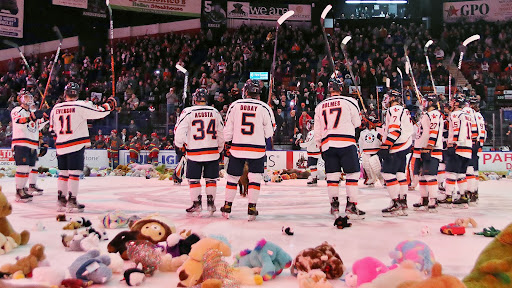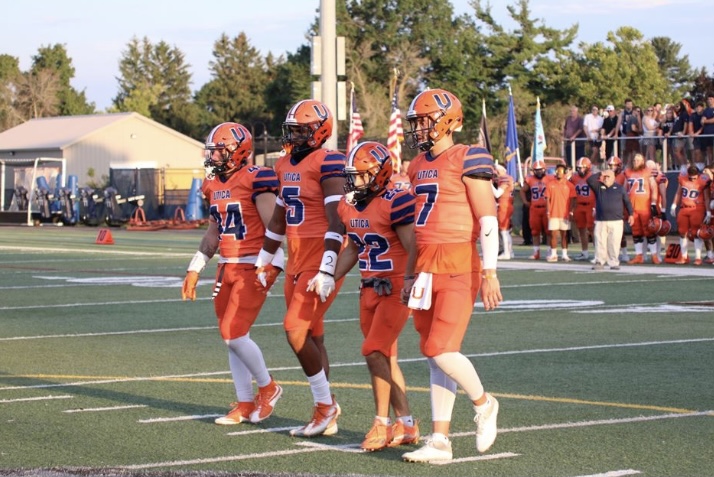At the moment, Utica College athletics does not have a clearly-defined rival. Differing schedules among the sports at UC range from water polo, who sometimes play teams in Division I, all the way to the football team, which tends to play the same three-to-four teams a season.
Across the spectrum of the composite schedule, games are rare to be similar across numerous sports. There isn’t a set game on the calendar that all of athletics will come across in their respective seasons.
Despite this, it cannot mean that the Pioneers do not have a rival or maybe a game that’s circled on the schedule. Rivalries stem differently from team-to-team, ranging from levels of competition to tradition.
There is a science to how rivalries work and what makes them special, especially in terms of college sports. At the foundation is Norman Triplett’s 1898 study that found that cyclists will race at an increased pace if others were around them.
Over the course of history, it’s been proven that rivalries increase performance levels in athletes. In 2003, English soccer players gave samples of saliva before and after games which revealed that rivalry games spike testosterone and energy levels over the course of a 90-minute frame.
So what opponent increases levels of competition over history here at Utica College? Assistant Men’s Basketball Coach John Mullane would add proximity to the mix of considerations.
“Proximity can play a role as well ‘cross-town rivals,’” Mullane said. “For example, SUNY Poly is always a big game for us although they are not in our conference. It’s pretty intense because we have to see those guys around town for the rest of the year. It’s almost like bragging rights.”
In terms of basketball, the men’s team has Rochester-based teams circled on the calendar. With the exception of Alfred University due to the tough trips of away games, St. John Fisher and Nazareth are Mullane’s teams to beat each season.
“Historically in the Empire 8, Nazareth and St. John Fisher have been powerhouses so they are always the teams to beat,” Mullane said. “Nazareth games hit home as we lost to them two years ago by two points in the championship game.”
Mullane notes that rivalry games have a certain urgency to them that most games in a campaign don’t usually offer.
To put this in a wider perspective, the Iron Bowl between the Auburn Tigers and Alabama Crimson Tide delivers moments each season and the attendance numbers reflect it. Attendance at Bryant-Denny Stadium for the heated contest in 2006 peaked at 92,000 while jumping to 101,000 due to stadium expansions in 2010.
However, this may all be a part of the problem at UC. The level of urgency to pack the barn like Alabama or Auburn isn’t in existence. Mullane says that this is due to the difference between events and games in sports.
“Football and hockey have a huge following and will attract students solely because it’s an ‘event,’ not just a game,” he said. “It’s hard for basketball as most of our conference games are over Christmas break.”
There are ways to improve upon this and possibly discover a game that everyone has a passion for attending across all sports. Mullane said he thinks there is a start in advertisements and themed games.
“I think we need more themed games white-outs or orange-outs to attract more students that necessarily don’t know too much about the team,” he said. “Overall, in my opinion, there is a lack of intensity and urgency for fans to attend games because it’s more of a casual thing.”










































































































































